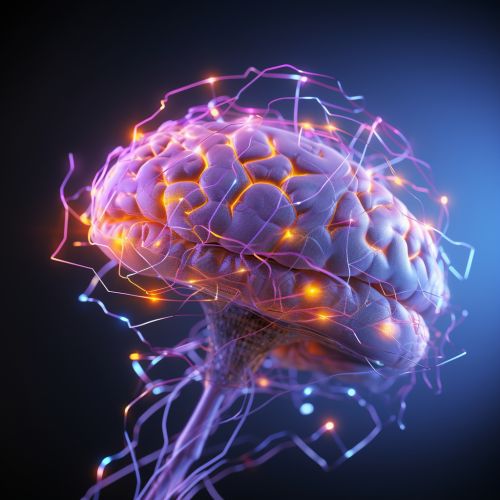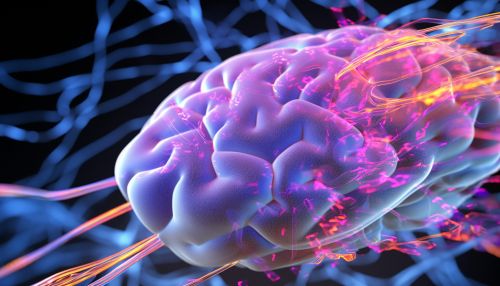Cognitive Neuroscience of Working Memory
Overview
Working memory, a key concept in Cognitive Neuroscience, is a cognitive system that holds and manipulates information in the mind, where it can be accessed and used in a range of cognitive tasks. It is a limited capacity system that is responsible for the transient holding, processing, and manipulation of information. Working memory is crucial for many cognitive tasks such as reasoning, learning, and comprehension.


Theoretical Models of Working Memory
Baddeley's Model
The most influential model of working memory is the one proposed by Baddeley and Hitch in 1974. This model suggests that working memory consists of three main components: the central executive, the phonological loop, and the visuospatial sketchpad.
The central executive is the most versatile and important component of the model. It is responsible for attention, planning, and coordinating the other two subsystems. The phonological loop stores verbal and acoustic information, while the visuospatial sketchpad is responsible for holding visual and spatial information.
Cowan's Embedded-Processes Model
Cowan's embedded-processes model of working memory proposes a more integrated approach. According to this model, working memory is not a separate system but an integrated part of long-term memory. It suggests that working memory is the activated part of long-term memory, with a focus of attention that can hold only a limited number of chunks of information.
Neural Correlates of Working Memory
Working memory is not localized to a single area in the brain, but rather, it involves a network of regions. The prefrontal cortex, parietal cortex, anterior cingulate, and parts of the basal ganglia all play crucial roles in working memory.
Prefrontal Cortex
The prefrontal cortex is often associated with the executive functions of working memory. It is involved in the manipulation and organization of information in working memory.
Parietal Cortex
The parietal cortex is involved in the storage of spatial and non-spatial information in working memory. It is also implicated in attentional processes that are crucial for working memory.
Anterior Cingulate Cortex and Basal Ganglia
The anterior cingulate cortex and the basal ganglia are also involved in working memory, particularly in the regulation of attention and the coordination of information.
Working Memory and Cognitive Functions
Working memory plays a crucial role in various cognitive functions such as learning, reasoning, and decision making.
Learning
Working memory is essential for learning new information. It holds the new information in mind while it is being integrated with existing knowledge.
Reasoning
Working memory is also crucial for reasoning tasks. It holds the premises of an argument in mind while a conclusion is being drawn.
Decision Making
Working memory plays a role in decision making by holding relevant information in mind while a decision is being made.
Disorders Affecting Working Memory
Several neurological and psychiatric disorders can affect working memory, including Alzheimer's disease, schizophrenia, and ADHD.
Alzheimer's Disease
Alzheimer's disease is a neurodegenerative disorder that severely affects working memory. Patients often have difficulty holding new information in mind.
Schizophrenia
Working memory deficits are a core feature of schizophrenia. Patients often have difficulty maintaining and manipulating information in working memory.
ADHD
ADHD is associated with deficits in working memory, particularly in tasks that require the manipulation of information.
